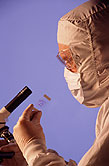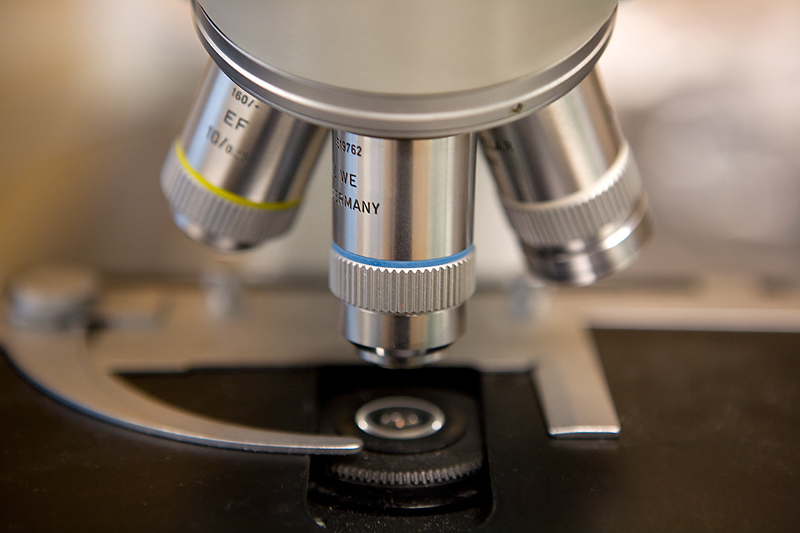
WEDNESDAY, Aug. 11 (HealthDay News) — A debilitating and usually fatal skin disorder may be treated by bone marrow stem cell transplant, a new study finds.
The results may have implications for the treatment of other skin diseases and also for the potential of stem cells in bone marrow to turn into other cell types, according to the study published in the Aug. 12 issue of the New England Journal of Medicine.
“A rare subpopulation of stem cells in the marrow had the potential for homing to the skin and repairing this disease,” said study lead author Dr. John Wagner of the University of Minnesota in Minneapolis. “This tells us more about the potential power of stem cells.”
The disorder, epidermolysis bullosa (EB), is a rare genetic skin disease caused by mutations in the gene for collagen, a protein meant to keep the top layers of skin together. In people with EB, normal activities cause the skin to blister and scrape off. Patients are at high risk of infection and aggressive skin cancer, and most with severe forms of the disease do not live beyond their 20s or 30s.
“Their time alive is a life of pain and being unable to do anything that’s even remotely normal,” Wagner said. “There is no hope. This is a dreadful, dreadful disease.”
Preliminary studies in animal models had hinted that the stem cells found in bone marrow might be able to transform into skin cells and help repair the skin damaged by EB.
To see if the procedure could work in humans, Wagner and his colleagues performed bone marrow transplants in six pediatric patients between October 2007 and August 2009. One child died from graft rejection and infection, but the other five showed significant improvement after the treatment.
“You can see improvement in their skin with your own eyes,” Wagner said. After the transplants, the children’s skin showed less blistering and better wound healing. Samples of the skin revealed that it had started to make the missing collagen protein.
“Not only are we seeing improvement in the healing of their skin, but their quality of life has changed,” Wagner said. The patient with the most dramatic improvement can now play on slides and trampolines, activities that would have been unthinkable before the transplant, Wagner said.
While this treatment is not a complete cure, “lessening of the severe blistering to any degree is good news to the patients and their families,” said Dr. Jouni Uitto of Thomas Jefferson University in Philadelphia. The study “raises cautious optimism that bone marrow transplantation may serve as a treatment for epidermolysis bullosa,” Uitto said.
However, the researchers only treated patients with one form of EB, he said. There are about 20 different types of this disease, caused by mutations in as many as 14 different genes. Wagner and his colleagues are currently testing their therapy in patients with another form of the disorder.
Uitto also cautioned that “bone marrow transplantation is not a trivial procedure, and side effects can be lethal.”
Additional studies in highly specialized medical centers have to be conducted, he said. “This treatment is not ready for being adapted in your local hospital,” he added.
According to Wagner, the treatment might be recommended only for those with severe forms of the disease, those for whom “the alternative is a horrible quality of life and shortened survival.”
Wagner and his colleagues hope that bone marrow transplantation may eventually treat other rare genetic skin disorders and perhaps skin damaged by burns.
While bone marrow transplantation is normally used to treat blood cancers in which the bone marrow itself needs replacement, “this gives us hope that stem cells will have the capacity to differentiate — even from adult tissues — into other cell types,” Wagner said.
He and his colleagues are currently treating more children with EB and also trying to isolate the stem cells from bone marrow that are responsible for the improvement they see. If they could treat patients with these cells alone, it might lead to more rapid skin repair and a safer transplant, Wagner said.
Meanwhile, their current patients still seem to be improving, Wagner said.
“We haven’t yet seen the plateau of the benefit,” he said. “Will it keep getting better and better or will it level off? Only time will tell.”
More information
Find out more about epidermolysis bullosa at the U.S. National Institute of Arthritis and Musculoskeletal and Skin Diseases.

